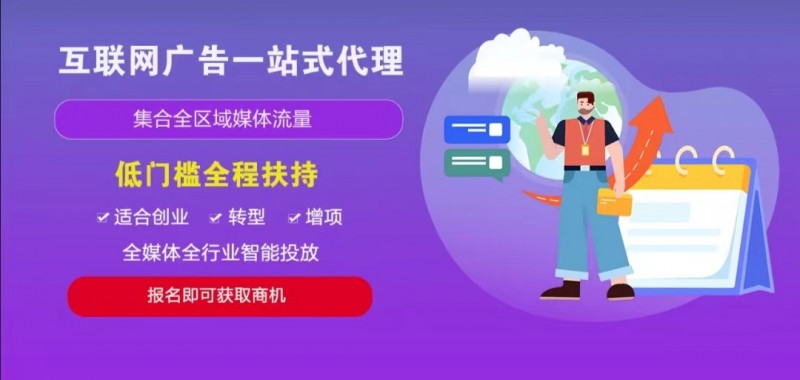前端只处理前端本身的逻辑,比如图形展示、文字的格式化等,后端也只处理后端自己的业务代码,前端和后盾通过某种机制来耦合。
我们通过 M-V-C 的概念来说明前后端分离的概念。M 指的是 Model-数据模型,V 指的是 View-视图,C 指的是 Controller-控制器。视图可以理解为前端,主要用于对数据的呈现,模型可以理解为后端,主要负责对业务的处理,而控制器主要负责接收用户的输入并协调视图和模型。M、V、C 三者之间的关系如下:
MVC 设计
Python 代码的模拟实现如下:
class ProductInfo:
def __init__(self):
self.product_name = None
self.id = None
self.price = None
self.manufacturer = None
class ProductView:
def print_product(self):
product = ProductInfo() # 耦合点
print(f"Name: {product.product_name}")
print(f"Price: {product.price}")
print(f"Manufacturer: {product.manufacturer}")
- 类 ProductView 表示前端的功能,使用一些 print 语句来打印产品的信息,而类 ProductInfo 代表产品记录。如果不采用前后端分离的方式,那么可以在 ProductView 中直接调用后端的数据,产生耦合点。
然后,通过 MVC 的方法增加控制器并解耦,具体实现如下:
class ProductInfo:
def __init__(self):
self.product_name = None
self.id = None
self.price = None
self.manufacturer = None
class ProductView:
"""
Product 的展示
"""
def print_product(self, product):
print(f"Name: {product.product_name}")
print(f"Price: {product.price}")
print(f"Manufacturer: {product.manufacturer}")
class ProductController:
"""
控制器,控制用户的输入,选择合适的 view 输出
"""
def __init__(self, product, view):
self.product = product
self.product_view = view
def refresh_view(self):
self.product_view.print_product(self.product)
def update_model(self, product_name, price, manufacturer):
self.product.product_name = product_name
self.product.price = price
self.product.manufacturer = manufacturer
# 实际执行代码
if __name__ == '__main__':
controller = ProductController(ProductInfo(), ProductView())
controller.refresh_view()
controller.update_model("new name", 15, "ABC Inc")
controller.product_view.print_product(controller.product)
- 上述代码中,我们通过引入 ProductController 类分离了视图和模型,使得视图和模型的耦合关系松开,通过控制器决定 View 的更新和模型的更新,而不是视图直接调用模型或者模型去驱动视图。今后如果需要视图上的逻辑(比如想换一个视图)就可以轻松地完成。







